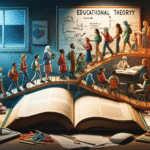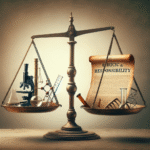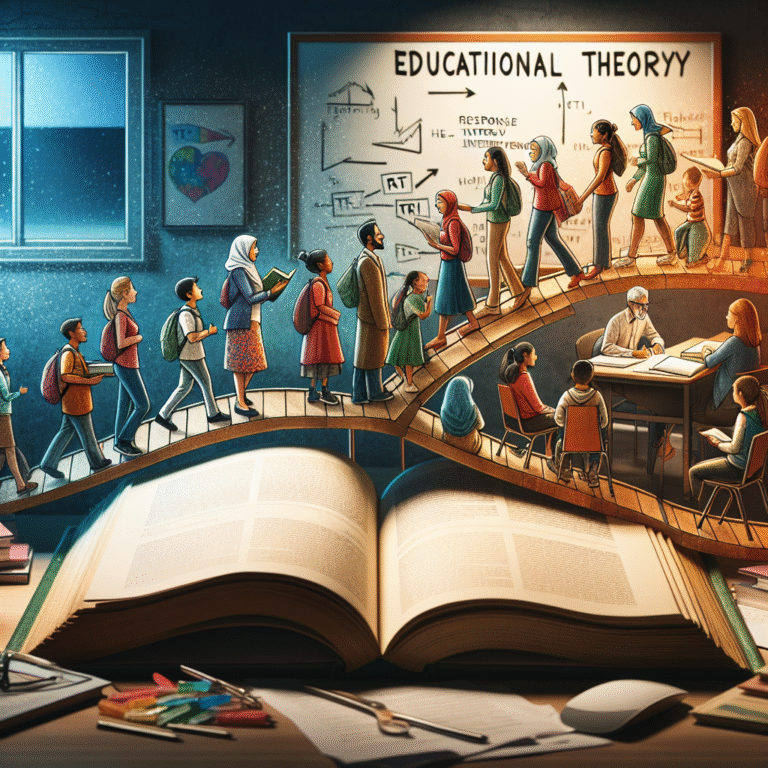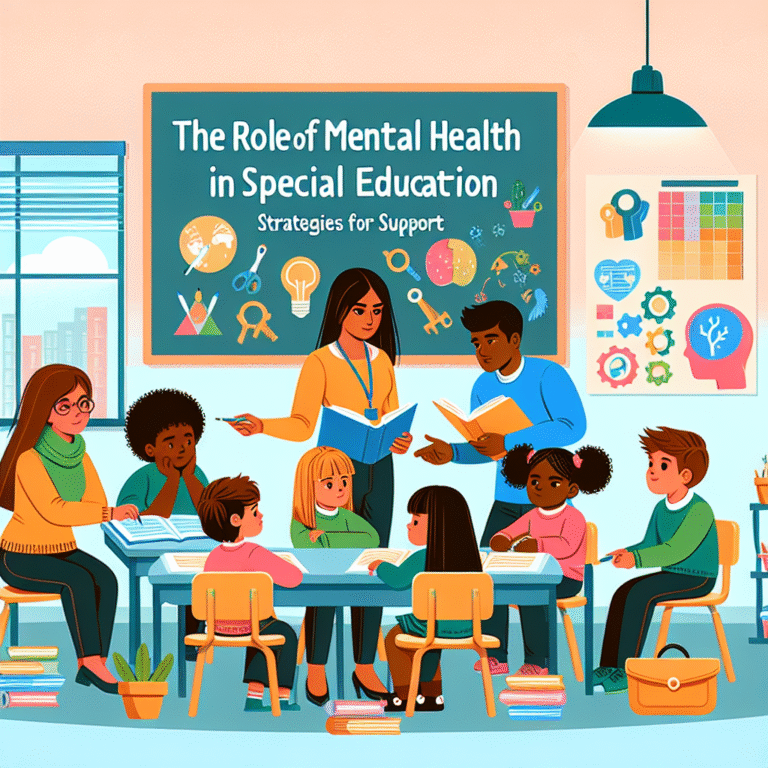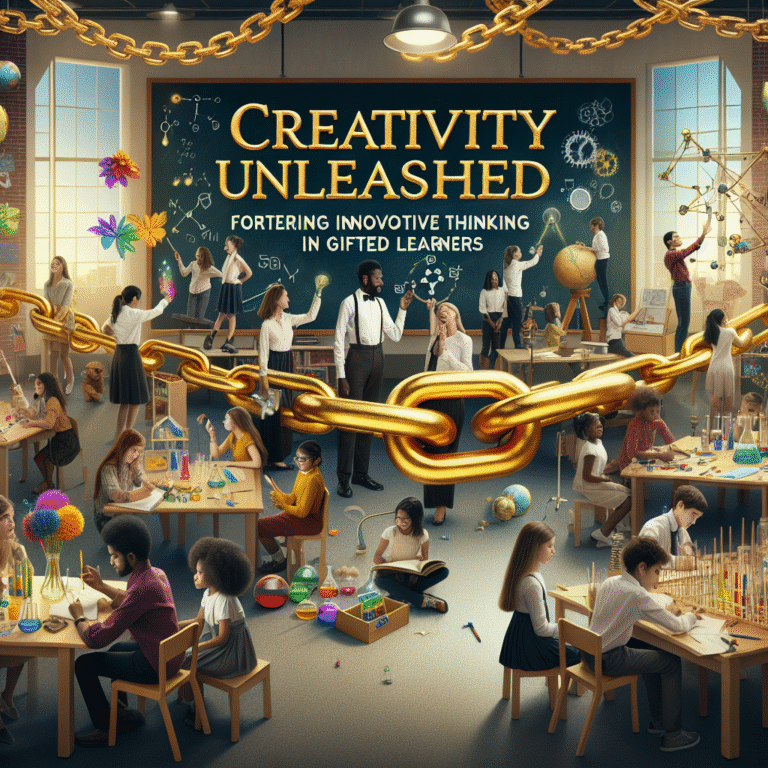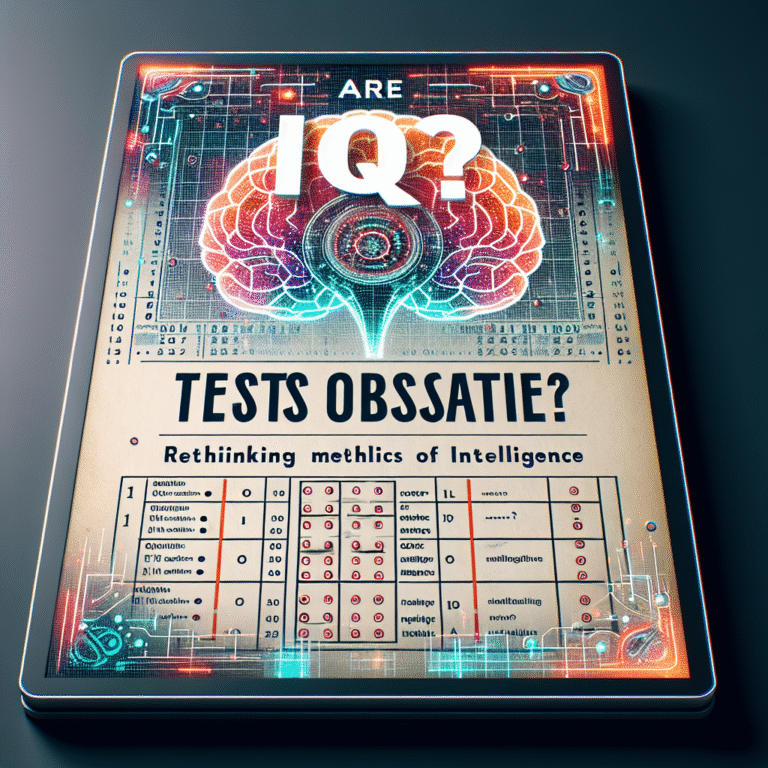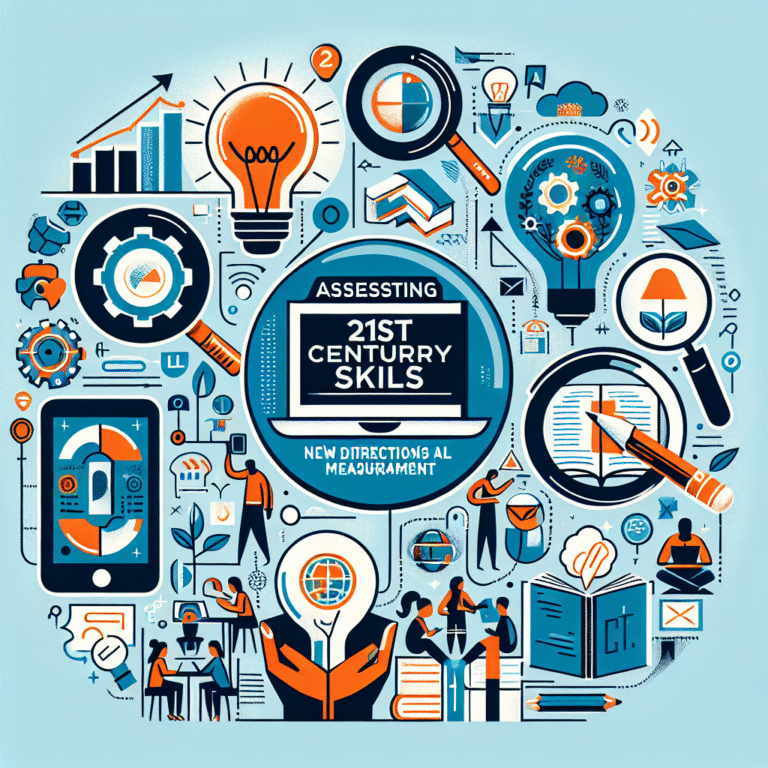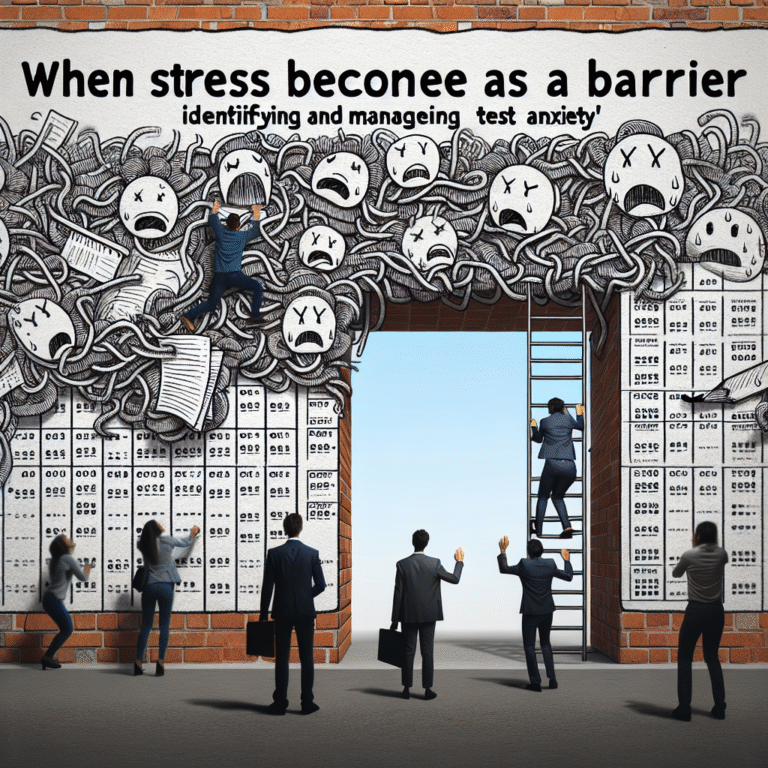
Introduction
In an age where educational paradigms are constantly shifting, the quest for effective teaching strategies is more critical than ever. Enter the transformative power of assessment for learning—an essential tool in the educational toolkit. This approach not only helps educators gauge student understanding but also unlocks potential in ways traditional assessments often fail to achieve. By integrating ongoing assessment methods into classroom practices, educators can cultivate a more responsive and engaging environment. In this article, we will delve deep into "Unlocking Potential: The Power of Assessment for Learning in Today’s Classrooms," exploring its significance, implementation strategies, and real-world case studies that highlight its effectiveness.
Understanding Assessment for Learning
What is Assessment for Learning?
Assessment for learning encompasses a variety of practices focused on using assessment data to enhance student learning. It involves continuous feedback loops between teachers and students, rather than a one-time measurement of knowledge. By assessing students formatively, educators can provide targeted instructions that align with individual learning needs.
The Difference Between Assessment for Learning and Assessment of Learning
While "assessment for learning" is formative and aimed at improving student performance, "assessment of learning" is summative, typically used to determine what students have learned at the end of a unit or course. Understanding this distinction is vital for educators who aim to create a supportive learning environment.
The Critical Role of Feedback
Timely and Constructive Feedback
Feedback is one of the cornerstones of assessment for learning. Research indicates that timely and formative feedback can significantly enhance student motivation and achievement. Educators must focus on providing constructive feedback that not only highlights areas for improvement but also reinforces students’ strengths.
Case Study: A Feedback Revolution
At Central High School, teachers implemented a peer review system where students exchanged drafts of their essays. By giving and receiving feedback, students not only improved their writing skills but grew aware of the different perspectives on their work. The school reported a 20% increase in student performance after this initiative, illustrating the power of collaborative learning and the essential role of ongoing feedback in unlocking potential.
Strategies for Effective Assessment for Learning
Implementing Diverse Assessment Methods
To unlock potential dynamically, educators should incorporate various assessment methods. These can include:
- Quizzes and Polls: Rapid assessments to gauge understanding in real time.
- Reflection Journals: Encouraging students to self-assess and articulate their learning processes.
- Project-Based Assessments: Allowing students to demonstrate learning through creative projects.
Technology Integration
Leveraging technology enhances assessment for learning strategies. Digital tools—like interactive quizzes on platforms such as Kahoot!—enable instant feedback and make learning engaging. A study from TechEd Journal found that classrooms utilizing technology for formative assessments witnessed a 30% increase in student engagement.
Case Study: Tech-Savvy Assessments
A middle school in California integrated Google Classroom in their assessment routine. Teachers designed interactive quizzes and prompts that provided instant feedback. The school saw significant improvements in student engagement and understanding, with a measurable increase in their test scores over a year.
Building a Collaborative Classroom Environment
Creating a Safe Space for Learning
For "Unlocking Potential: The Power of Assessment for Learning in Today’s Classrooms" to truly resonate, a supportive classroom climate is essential. When students feel safe to express their thoughts and ask questions, they become more invested in their learning journey.
Encouraging Peer Collaboration
Working in groups allows students to learn from one another. Peer assessments give students the opportunity to engage critically with their peers’ work, facilitating deeper understanding.
Data-Driven Decision Making
Utilizing Assessment Data
Educators must harness data from assessments to inform their teaching strategies. By analyzing trends in student performance, teachers can identify areas where students struggle and adjust their methods accordingly.
Case Study: Data-Driven Instruction
At an urban high school, teachers began analyzing data from formative assessments. They discovered a consistent gap in comprehension during math lessons. As a result, they tailored their instruction to focus specifically on problem areas, leading to improved student outcomes and increased confidence among students.
Overcoming Challenges in Assessment for Learning
Addressing Resistance to Change
Shifting from traditional assessment to a more formative approach can be met with skepticism. Educators need to be equipped with training and resources to embrace this change fully. A professional development program aimed at enhancing understanding of formative assessments proved critical for success in several schools.
Dealing with Diverse Learning Needs
Every classroom is unique, with students requiring different types and measures of support. Teachers must differentiate their assessments to cater to diverse learners effectively.
Building a Culture of Continuous Improvement
Reflective Practices for Educators
Teachers should regularly reflect on their assessment practices. Professional learning communities can facilitate discussions on what works and what needs adjusting, thus fostering a culture of continuous improvement.
Encouraging Student Ownership
Instilling a sense of ownership in students about their learning journey will motivate them to strive for excellence. Encourage students to set personal goals and track their own progress, thus unlocking their potential.
Conclusion
"Unlocking Potential: The Power of Assessment for Learning in Today’s Classrooms" transcends mere evaluation; it is about fostering a dynamic learning environment that encourages growth. By implementing strategic assessments, providing constructive feedback, and creating a collaborative classroom culture, educators can transform their teaching and empower their students. The key takeaway is that assessment is not the end but a means to an enriching educational experience.
FAQs
-
What is the difference between formative and summative assessments?
- Formative assessments are ongoing and used to monitor student learning, while summative assessments evaluate student learning at the end of an instructional unit.
-
How can I incorporate technology into assessments?
- Utilize platforms such as Google Classroom, Kahoot!, or Quizlet to implement interactive quizzes and feedback mechanisms.
-
Why is feedback important in assessments?
- Feedback helps students understand their strengths and weaknesses, guiding them toward improvement and enhancing motivation.
-
How do I create a safe learning environment for assessments?
- Encourage open communication, foster respect among peers, and provide a supportive atmosphere that allows students to share their thoughts without fear of criticism.
- What strategies can help differentiate assessments for diverse learners?
- Employ varied assessment methods, adjust the complexity of tasks, and provide accommodations tailored to individual student needs.
In closing, embracing assessment for learning is an essential step for educators dedicated to unlocking the potential within every student. By fostering an engaging, responsive, and data-informed learning environment, we can prepare students to thrive in an ever-evolving world.

